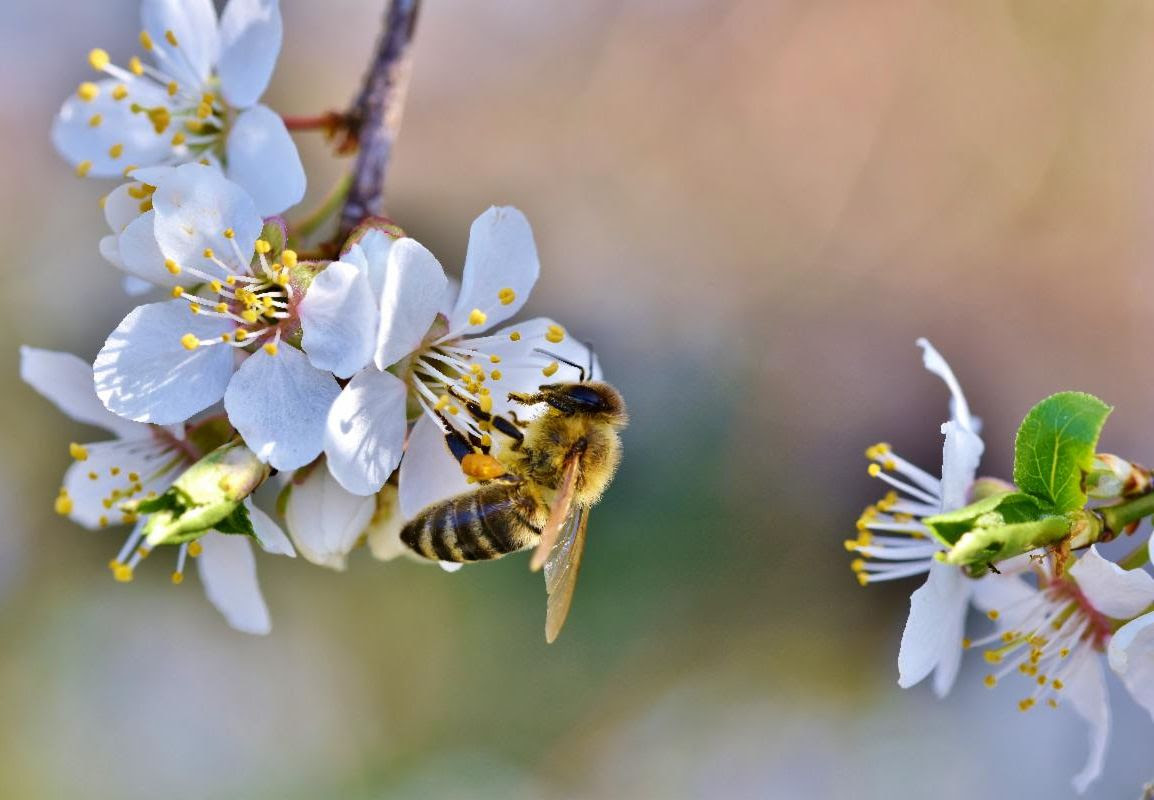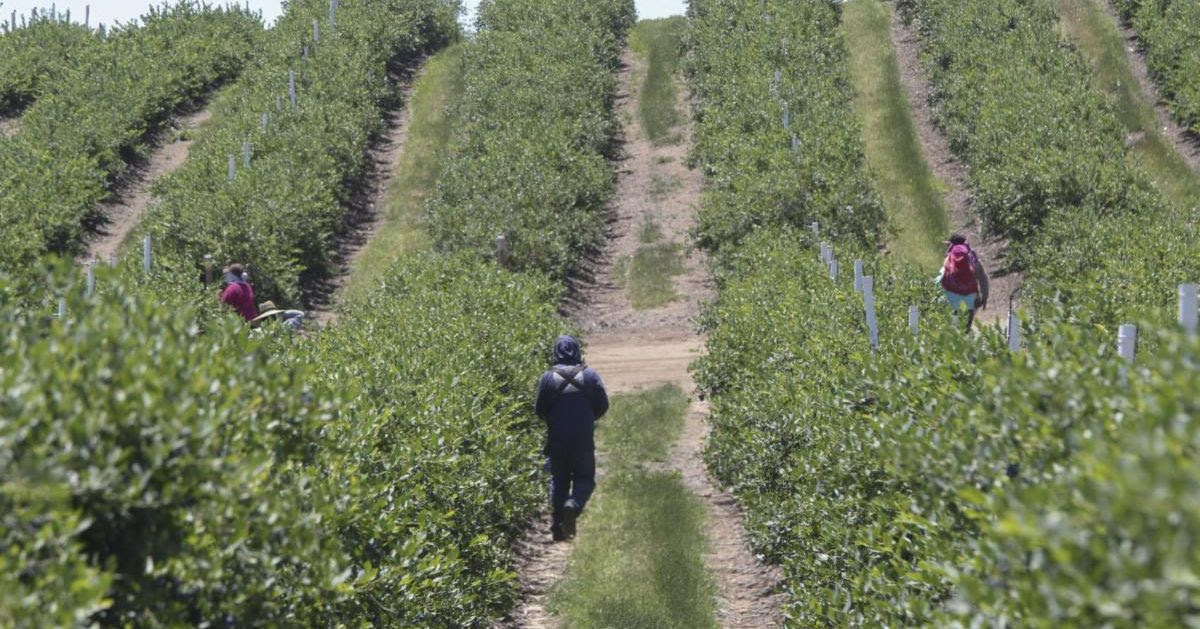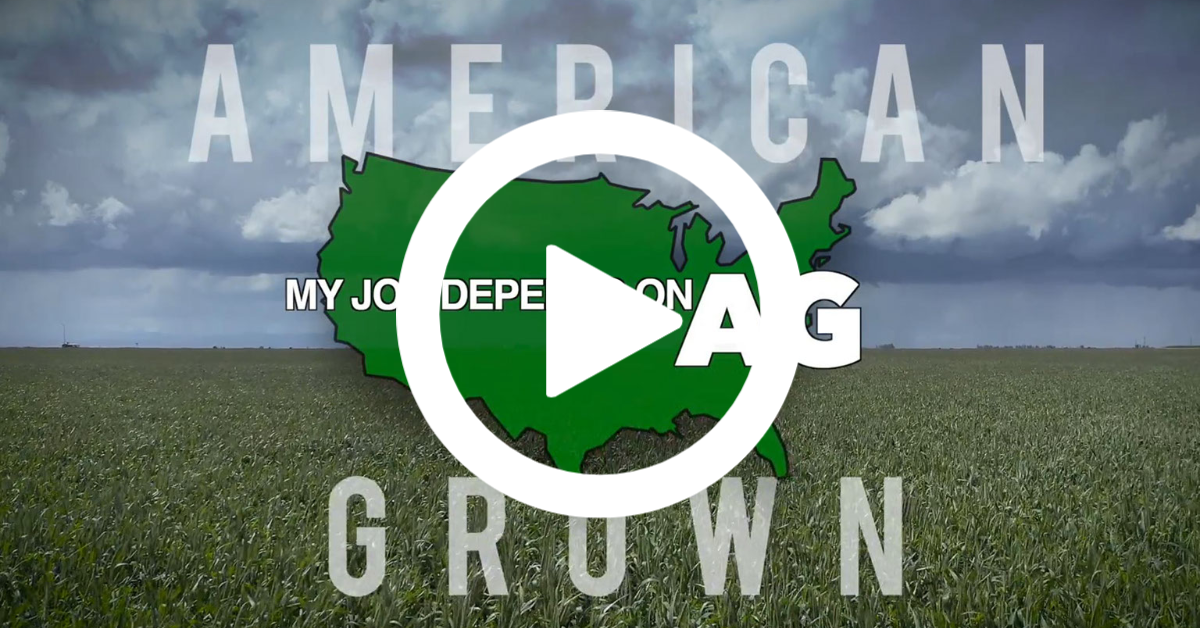
CROP PROTECTION
Almonds: Growers are finishing up dormant sprays and continuing herbicides, especially with the recent rains. Buds are beginning to swell in some areas, meaning bloom is right around the corner. As we reach bloom, it’s critical to cover blossoms to avoid blossom blight and jacket rot. Remember, it’s important to rotate our chemistries as we do our bloom sprays to extend the life of those fungicides. Be sure to check the frac numbers to best create a strategy for rotating chemistries. Also check the BeeWhere web site to obtain information about bee colonies within a mile of an upcoming pesticide application. Some growers are discussing the use of pheromones for navel orangeworm (NOW) control. If almond acreage continues to grow, prices stay low and sanitation is poor, NOW populations may potentially increase in the future. As this happens, pheromones may become increasingly important to use as an additional resource for NOW control.
Citrus: Growers are applying herbicide treatments and pre-emergents to control weeds. Weed control is vital in citrus for frost control as clean, bare soil tends to retain more heat. Weeds may also rob moisture and nutrients from the trees impacting crop health. As citrus is harvested. PCAs are walking bin lines checking for fruit quality, quantity and size. Checking bins also aids in planning next year’s pest control program. Some growers are doing lo-bi urea sprays to help set more flowers during bud differentiation and induction. Typically, higher nitrogen in the tree may result in higher fruit bud set. If you have dropped fruit down by the skirt keep an eye out for brown rot, especially after these rains. As we gear up for the season, be sure to consult your GAR Bennett PCA about your fertilizer program.
Grapes: We are in the middle of dormancy for this crop. Growers are finishing up pruning and gearing up for another season. Herbicides are also being applied.
Cherries: Growers are finishing up their Dormex applications.
Stone Fruit: With the season fast approaching, growers are near the end of applying dormant sprays. Some varieties won’t start blooming until the middle to end of February, which is typically why these sprays tend to go on for longer than others. Keep in mind that as almonds begin to bloom, bees will be moved into the fields. Check the BeeWhere web site to obtain information about bee colonies within a mile of an upcoming pesticide application. If you’re close to almonds, be sure to spray at night and ensure there are no flowers in the field. You may consider using something other than pyrethroids as those are toxic to bees. Bloom sprays, specifically for blossom blight, are right around the corner as some early blooming varieties are beginning to open. The good news is these rains seem to be pretty cold, which may make the blossoms less susceptible to brown rot. However, it’s still important to get the trees treated on a timely basis. If brown rot starts in a blossom and rain events continue, it may spread through the tree. This infection may occur but not develop until sugar starts coming into the fruit, creating a major brown rot issue at harvest time. For these sprays, think about rotating chemistries as to not overuse any one class of product.
Pistachios: About 2/3 of our pre-emergents have been applied. Keep an eye on chilling hours, especially on the Kerman variety, before the weather begins to warm up again. If you’re low on chilling hours, an oil application may be necessary to get a good, even bloom.
Walnuts: Growers are switching back and forth between field work and winter irrigations. Once fields dry, we will get started on our scale sprays. Pre-emergent herbicides will be going out ahead of forecasted rains.
Tomatoes: Beds are being prepared for the next season’s crop.
Dehydrated Onions: This crop has been planted and pre-emergents have been applied.
Cotton: Due to little water allocations, we don’t expect as much cotton going in the ground this year. Some growers may redirect this water to their permanent crops instead.
Onions: Urea top dressings have been completed. When the weather permits, growers will be doing chemigation with GoalTender at low rates through the sprinklers. Clear skies will allow the cuticle to become thicker, helping your chemigation to better control weeds.
Garlic: Urea top dressings have been completed. When we can get back into the fields, we are at the tail end of doing Macil (Buctril) sprays.

BEE Aware of Neighbors During Applications
CROP NUTRITION
- $350 if received after January 1
- $500 if received after coalition March 1 deadline
WATER SERVICES

- Sand Media Tanks: checking sand media levels and quality of the sand, while also assessing if water treatment is needed.
- Wiring connections and control boxes.
- Solenoids and filters: checking to see if everything is flushing properly.
- Command hoses: checking for leaks.
- Controllers: dialing them in to ensure everything is set up properly.
COMPLIANCE
WORKER SAFETY
Pesticides remain a hot topic for the worker safety team into New Year. The team hasn’t forgotten about COVID-19; in fact, our team has been busier than ever training and updating employees on the new COVID-19 regulations that were implemented January 1. The main concern is to ensure employees continue to wear proper face coverings and maintain physical distance between co-workers. Proper employee hygiene practices should be followed as well to keep the workplace running at full capacity during the winter months. Our trainers can help farms implement the proper guidelines to keep everyone safe at work! Reach out to the worker safety department today for current updates on regulatory concerns!
FOOD SAFETY
WHAT’S HAPPENING





